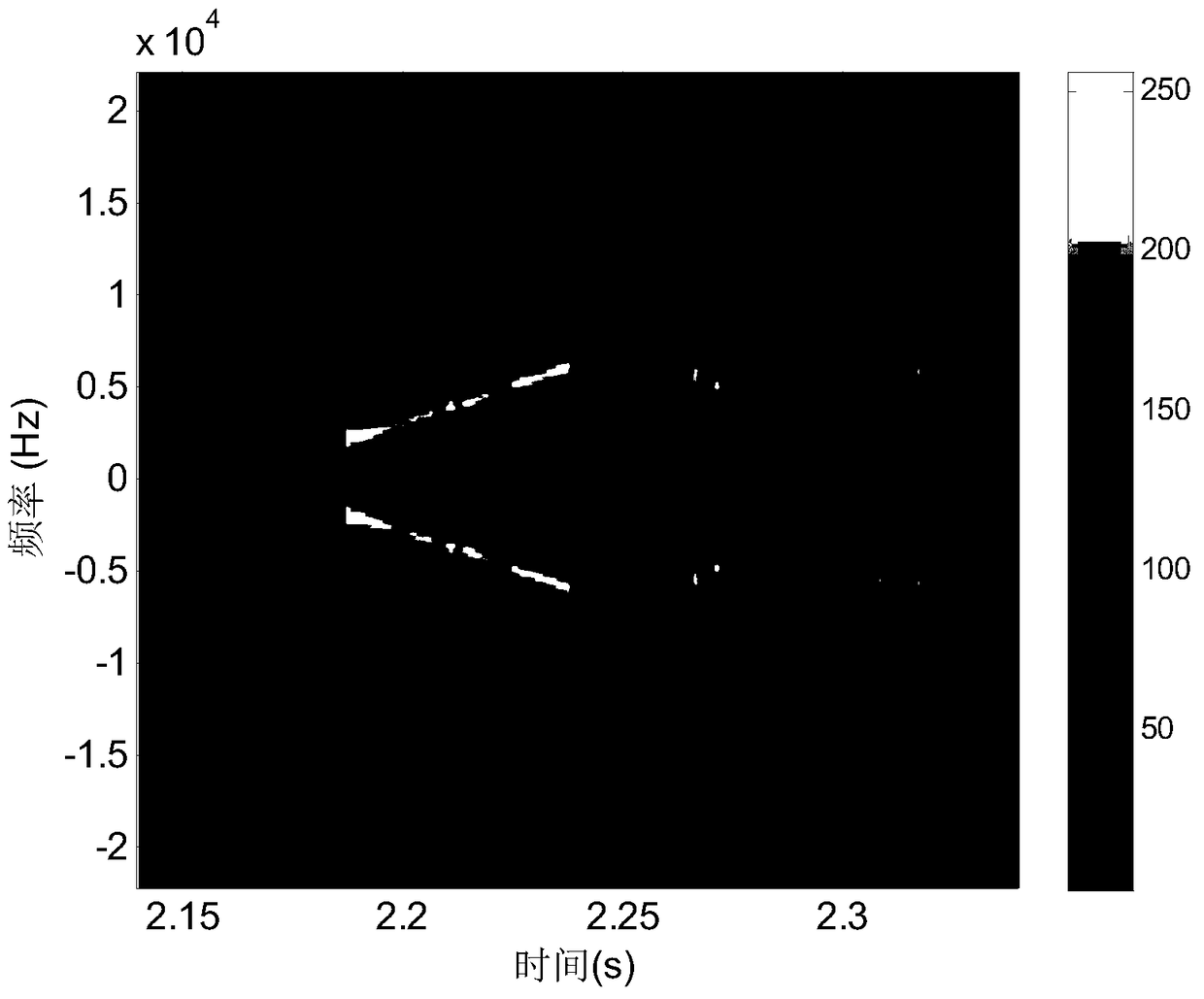A self-location method for sensor network nodes based on smart phones
A sensor network and smart phone technology, applied in network topology, network planning, electrical components, etc., can solve problems such as high cost, reduced convenience, and poor portability, and achieve high positioning accuracy, convenient networking, and broad prospects. Effect
- Summary
- Abstract
- Description
- Claims
- Application Information
AI Technical Summary
Problems solved by technology
Method used
Image
Examples
Embodiment Construction
[0027] The present invention uses the built-in microphone and loudspeaker on the smart phone platform to send and receive 2k-6kHz linear frequency modulation sound signals in a multi-channel sensing manner, and then uses generalized cross-correlation to detect the sampling waveforms of each mobile phone node to obtain The arrival time of chirp sound signals between different nodes, and further, the MDS positioning algorithm is used to estimate the location information of unknown nodes. The method can realize self-location under limited beacon nodes, has strong applicability, and does not require the support of special customized hardware modules, thereby reducing the cost.
[0028] The self-positioning method of the sensor network node based on the smart phone of the present invention comprises the following steps:
[0029] 1. Use the smartphone as the node of the acoustic array sensor network, deploy the acoustic array sensor network systematically, and establish a wireless l...
PUM
 Login to View More
Login to View More Abstract
Description
Claims
Application Information
 Login to View More
Login to View More - R&D
- Intellectual Property
- Life Sciences
- Materials
- Tech Scout
- Unparalleled Data Quality
- Higher Quality Content
- 60% Fewer Hallucinations
Browse by: Latest US Patents, China's latest patents, Technical Efficacy Thesaurus, Application Domain, Technology Topic, Popular Technical Reports.
© 2025 PatSnap. All rights reserved.Legal|Privacy policy|Modern Slavery Act Transparency Statement|Sitemap|About US| Contact US: help@patsnap.com



